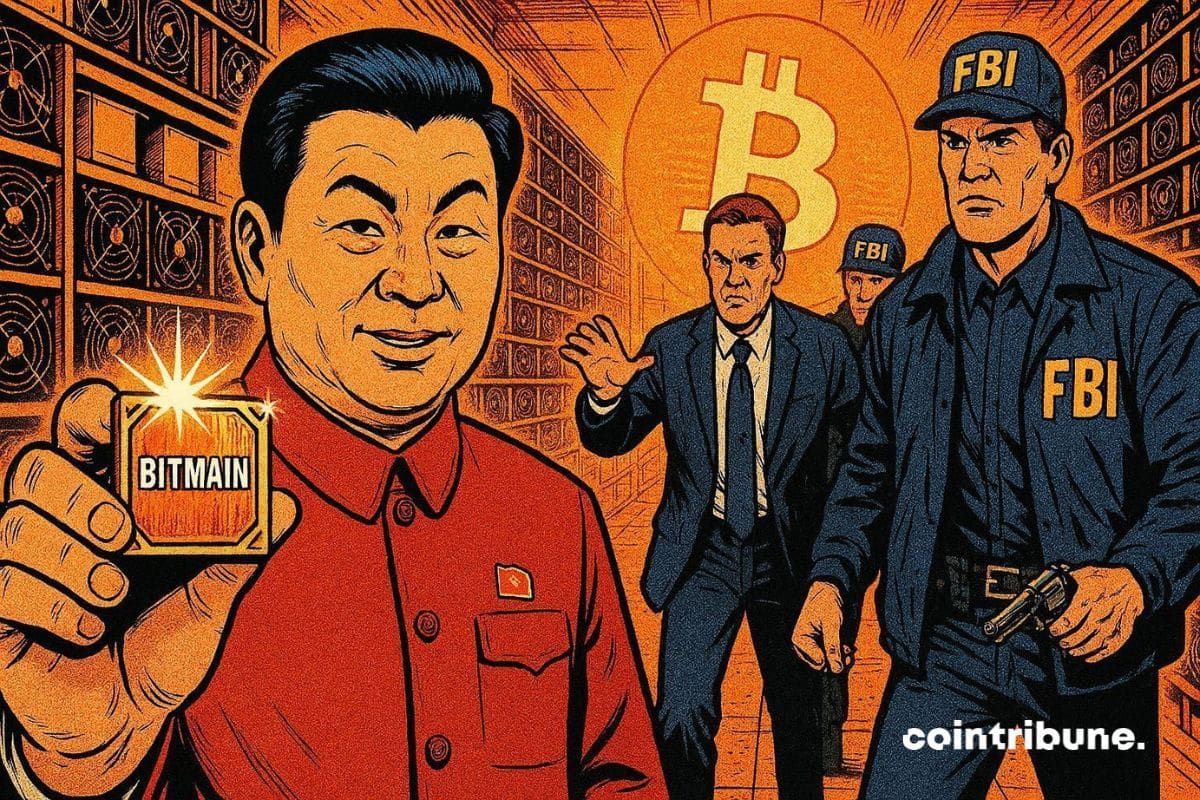Dragonfly’s Haseeb proposes holder scores, crowdsales to replace current airdrop model
Dragonfly managing partner Haseeb Qureshi proposed a reputation system to reward users on token distributions through airdrops.
On a Sept. 15 post via X, he shared a reform plan to filter airdrop farmers who dump tokens immediately after launches.
Qureshi responded to Aztec CMO Claire Kart’s critique that airdrops “tank your chart” and provide “lazy alignment” by drawing parallels to IPO allocation methods.
Companies offer institutional investors like BlackRock preferential pricing because these firms demonstrate long-term holding patterns, while retail investors pay market prices due to unpredictable behavior.
Qureshi stated:
“It’s crazy that token distributions don’t work this way.”
He advocated for meta-incentives based on users’ historical token behavior rather than platform-specific metrics.
Holder score framework
The Dragonfly partner proposed standardized holder scores tracking token retention curves, governance participation, fee spending, liquidity provision, and product usage across multiple protocols.
Projects would publish these scores in JSON format, enabling other teams to incorporate reputation data into distribution decisions.
Qureshi argued that this creates accountability across the ecosystem. Users who know about future airdrops consider their holding history when modifying their behavior toward long-term commitment rather than immediate selling.
Credit bureaus operate similarly, with financial institutions sharing customer data to encourage responsible behavior.
The framework recommended limiting free airdrops to under 15% of total token generation events while selling the majority through score-tiered crowdsales.
Better holder scores receive larger allocations at lower prices, while mercenary farmers pay full price or receive no access.
Crowdsale advantages
Qureshi stated that the proposal addresses fundamental airdrop problems by requiring skin in the game. Users paying for tokens create committed holder bases versus recipients of free money seeking immediate exits.
Crowdsales also provide built-in sybil resistance, as creating thousands of farming accounts becomes economically prohibitive.
He acknowledged airdrops remain useful for pay-for-performance scenarios requiring specific measurable activities like total value locked or trading volume.
However, Qureshi concluded that broad “helicopter money” distributions only attract artificial activity that disappears after token launches.
The post Dragonfly’s Haseeb proposes holder scores, crowdsales to replace current airdrop model appeared first on CryptoSlate.
Disclaimer: The content of this article solely reflects the author's opinion and does not represent the platform in any capacity. This article is not intended to serve as a reference for making investment decisions.
You may also like
Deconstructing DAT: Beyond mNAV, How to Identify "Real vs. Fake HODLing"?
There is only one iron rule for investing in DAT: ignore premium bubbles and only invest in those with a genuine flywheel of continuously increasing "crypto per share."

Empowered by AI Avatars, How Does TwinX Create Immersive Interaction and a Value Closed Loop?
1. **Challenges in the Creator Economy**: Web2 content platforms suffer from issues such as opaque algorithms, non-transparent distribution, unclear commission rates, and high costs for fan migration, making it difficult for creators to control their own data and earnings. 2. **Integration of AI and Web3**: The development of AI technology, especially AI Avatar technology, combined with Web3's exploration of the creator economy, offers new solutions aimed at breaking the control of centralized platforms and reconstructing content production and value distribution. 3. **Positioning of the TwinX Platform**: TwinX is an AI-driven Web3 short video social platform that aims to reconstruct content, interaction, and value distribution through AI avatars, immersive interactions, and a decentralized value system, enabling creators to own their data and income. 4. **Core Features of TwinX**: These include AI avatar technology, which allows creators to generate a learnable, configurable, and sustainably operable "second persona", as well as a closed-loop commercialization pathway that integrates content creation, interaction, and monetization. 5. **Web3 Characteristics**: TwinX embodies the assetization and co-governance features of Web3. It utilizes blockchain to confirm and record interactive behaviors, turning user activities into traceable assets, and enables participants to engage in platform governance through tokens, thus integrating the creator economy with community governance.

Aster CEO explains in detail the vision of Aster privacy L1 chain, reshaping the decentralized trading experience
Aster is set to launch a privacy-focused Layer 1 (L1) public chain, along with detailed plans for token empowerment, global market expansion, and liquidity strategies.

Bitcoin Under Pressure Despite Fed Optimism

